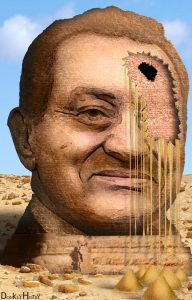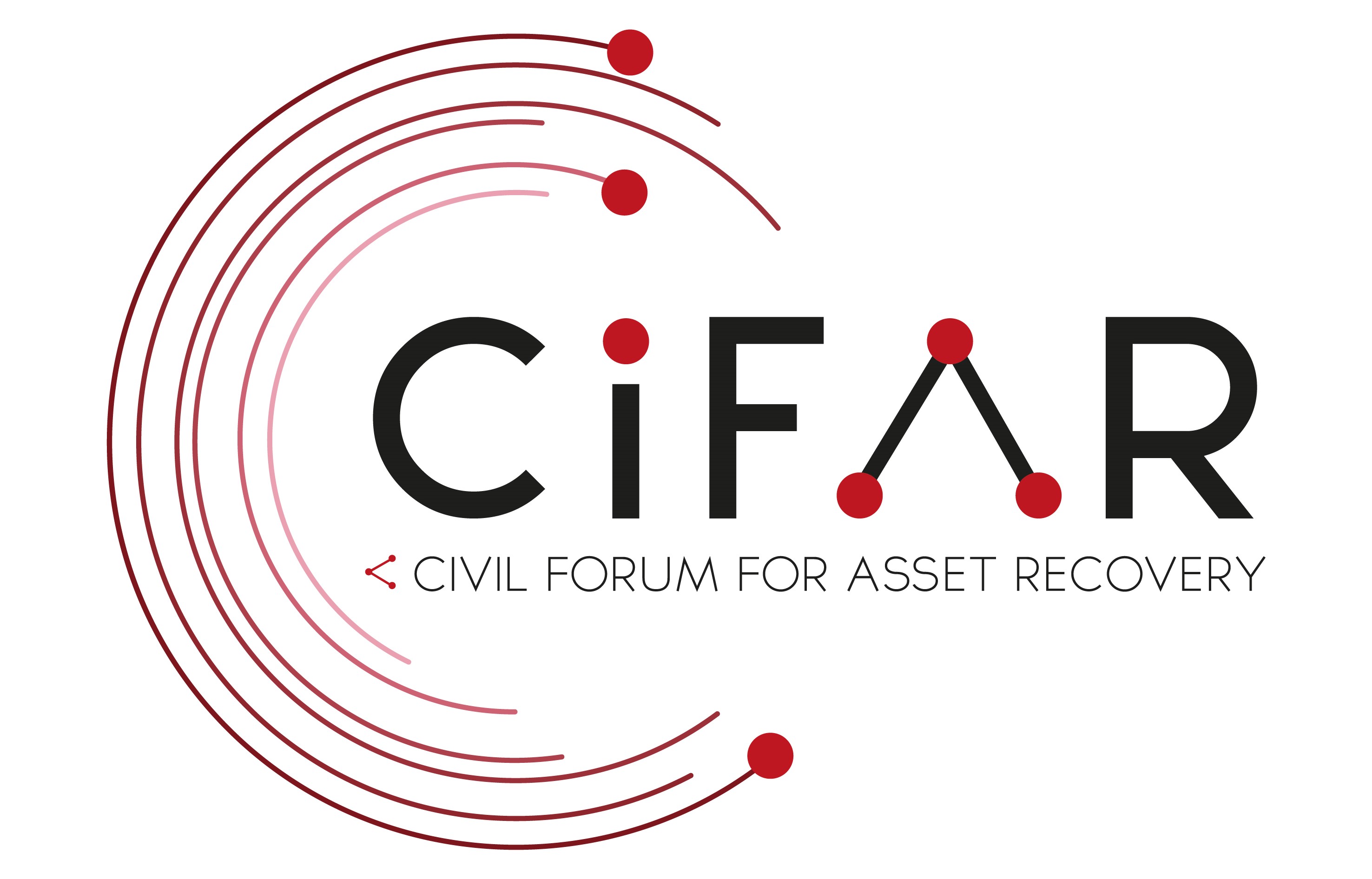 It was the anger against the widespread corruption of Mubarak’s regime that brought millions of Egyptians on the streets in early 2011. In the aftermath of the revolution, Egyptians put a lot of hopes that they would get back the billions of Euros stolen by Mubarak and his family to invest them in building a new Egypt. Yet, these hopes remained unrealised.
It was the anger against the widespread corruption of Mubarak’s regime that brought millions of Egyptians on the streets in early 2011. In the aftermath of the revolution, Egyptians put a lot of hopes that they would get back the billions of Euros stolen by Mubarak and his family to invest them in building a new Egypt. Yet, these hopes remained unrealised.
Asset recovery is not an easy process, even less so for a transitional government in a country that has no experience with it. It needs resources and expertise, an efficient judiciary and the commitment of foreign countries to cooperate. Perhaps most importantly, there needs to be a strong political will to find the stolen assets, cooperate internationally and prosecute those who have supposedly looted the assets.
To some extent, Egyptian authorities did show some commitment to advance the identification, freezing and repatriation of Mubarak’s stolen billions. Yet, the political will to prosecute the members of the Mubarak circle in order to prove that corruption led to asset theft has been very weak. Since shortly after the revolution and until mid-2015, the transitional governments tried to come up with an asset recovery strategy by creating a number of “truth-finding” committees, with the aim to investigate on the funds funnelled abroad. Although in a couple of cases some of these bodies were able to obtain the freezing of assets, none of these were confiscated and returned to Egypt. Also, these committees were never independent from the central government and were as such influenced by the political turmoil and interferences. Several requests for legal assistance to freeze assets were made to countries such as the UK, the US, Switzerland and Spain; however, research showed that these requests were made in a rush, without the necessary preparation of resources and legal materials requested by the receiving countries, which brought to a rejection of most of the asset recovery requests.
Things did not go much better when it came to prosecuting and sentencing for corruption the members of Mubarak’s family and circles, a necessary requirement of most foreign jurisdictions to prove that the assets held in their countries were stolen through crime. Hosni Mubarak and his two sons, Alaa and Gamal, were prosecuted and sentenced to three years in the notorious “presidential palaces case” for embezzling $17.9 million. In 2015, Mubarak’s sons were released because they had served their three-years sentence and fined $16 million, while the 88 year-old Hosni Mubarak remained in hospital. Other measures included a travel ban for the grandchildren and daughters-in-law of Mubarak in 2011 and prosecutions of other individuals close to the regime. Still, the cases could not be linked to asset recovery legal assistance requests, since investigations on how the vast wealth of the Mubarak family was funnelled abroad never took place.
Under president Al-Sisi, the political will to fight and prosecute the corrupt from the previous regime has become even weaker. To make asset recovery more efficient, Egypt went into another direction: through the amendment of the illicit gains law, the government allowed reconciliation with the corrupt from the former regime – consisting of dropping corruption charges in exchange of returning some of the assets stolen. A prominent case was Hussein Salem, one of Mubarak’s closest business associates, as CiFAR reported. This is not the direction asset recovery should go: not only the corrupt get away with it, but with these deals there is no guarantee on how the returned money will be used.
We shouldn’t underestimate the huge challenges in recovering Egypt’s stolen billions – from the lack of resources, to excessively hard conditions from asset-receiving countries, to the global financial secrecy that allows the assets to be easily hidden overseas, to the presence in the Egypt public sector of many members of the old regime.
Still, the Egyptian government has a duty to bring the money back to their people, and to do so in a transparent and accountable way.
Read more on our campaign on this here.
